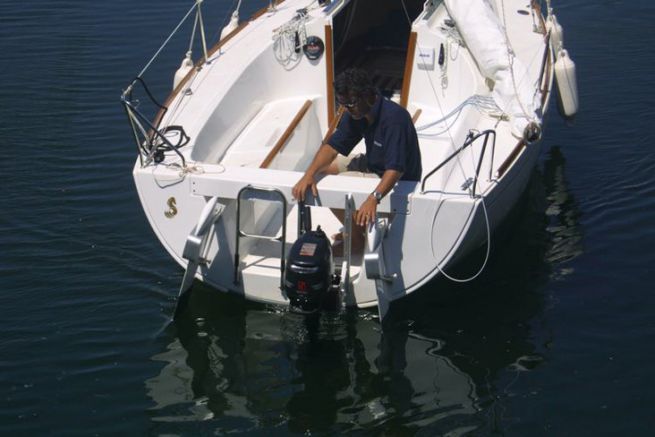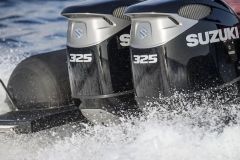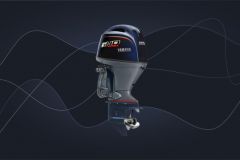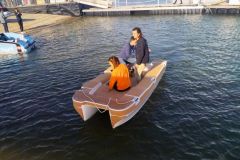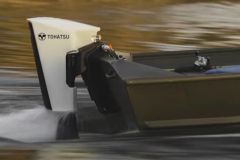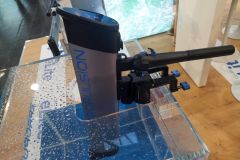On board our yachts, we use outboard motors to propel our tenders or the yachts themselves. Beyond 8m in length, we generally prefer to install inboard motors which are more adapted to our needs.
Thus it is often small, relatively light engines that equip our transoms (less than 10 hp). It is also our custom when cruising to store the tender outboards on the aft balconies, where they are clearly visible.
First of all, you must understand that these thefts are essentially the work of organized gangs who sell them in Eastern Europe... So you have little chance of finding your outboard engine stolen on the Good Corner.

What are the techniques used by thieves?
Spotting: during the day on the pontoons, scouts will sneak up after you when you push the secured door of your gangway. Sometimes their intention is quite obvious: see for example those Sunday fishermen who walk on the pontoons with a fishing rod, but without a container for the fish.
At night and on weekends, thieves operate in winter storage areas: construction sites, storage areas.
In the anchorages, they move around in tenders and cut the boats' moorings. When the boats run aground, they dismantle the engines. If necessary, they do not hesitate to cut out the transoms.
Be aware that the flights take place day and night, at anchor or at the dock.

How to protect yourself from theft?
Prevention is the best anti-theft device. If you want to limit the risks, it is strongly advised :
- Store the motor as often as possible out of sight.
- Some people paint the engine hood or stick stick stickers on it to make it look like an old worthless engine.
- To take pictures of the serial numbers and engine and report it to the insurance company.
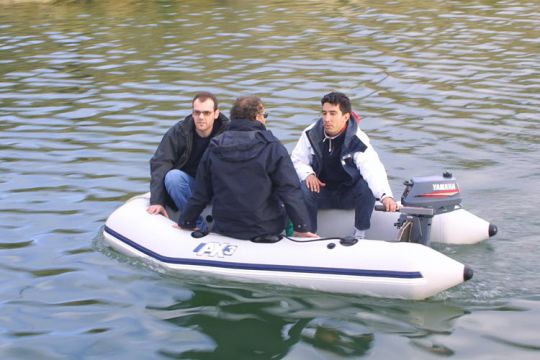
Anti-theft Devices
As we have seen, outboard motor thieves sometimes have such means at their disposal that we cannot stop them. However, we can try to deter them by making it more difficult for them to do so. The longer it takes for them to take your motor away, the less likely it is to be stolen.
If you can't hide your outboard motor, you must use an anti-theft device. The ideal is to accumulate them.
- Padlocks: for smaller engines, on an annex or a balcony, this is a minimal but indispensable protection. Generally they are placed in such a way as to join the motor's fixing lugs one on top of the other. It is also possible to opt for a crimped and padlocked stainless steel braided cable.
- Safety nuts are reserved for outboards of 25 hp and more, which are rarely found on a sailboat. They replace the nut securing these motors to the transom.
- Anti-theft bar: An interesting alternative to the security nuts, this metal bar is positioned on the motor's mounting brackets and makes them inaccessible. It can be locked with a key or a padlock depending on the model.
- Smartlock anti-theft device: this is a variant of the anti-theft bar. This large, two-part stainless steel cube is attached to the transom and clamps around one of the outboard's mounting brackets. It locks with a key.
- Waterproof GPS beacons/trackers. These electrically autonomous trackers are usually mounted under the hood. You can track their movement in real time on your smartphone and set an alert perimeter. If your engine crosses this zone, you will be immediately notified by SMS. They are becoming more and more discreet, however, thieves are likely to find and neutralize them quite easily, especially on small engines.
- Some electric motors in tenders such as Torqeedo have a coded key without which it is impossible to start them. Their steering bar is also very easy to dismantle, so you can take it with you in your bag when you leave the dinghy.
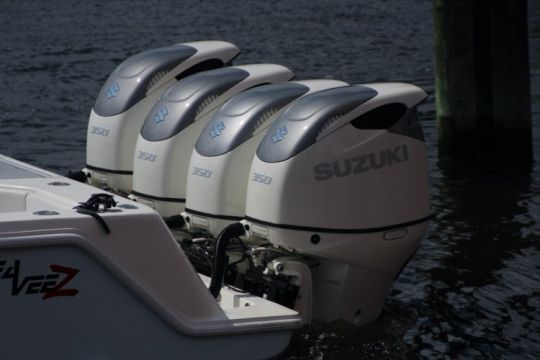
If your engine is still stolen, do not touch anything and immediately call the gendarmerie or the police who can take a DNA sample to try to identify the thief.
